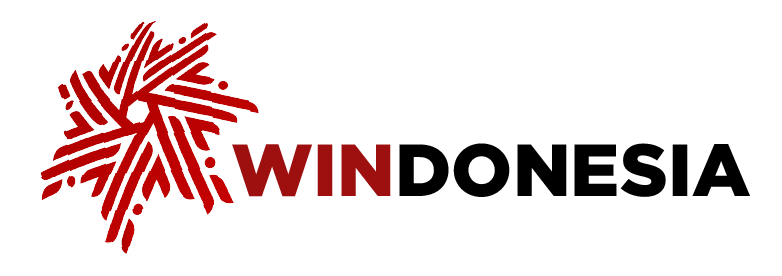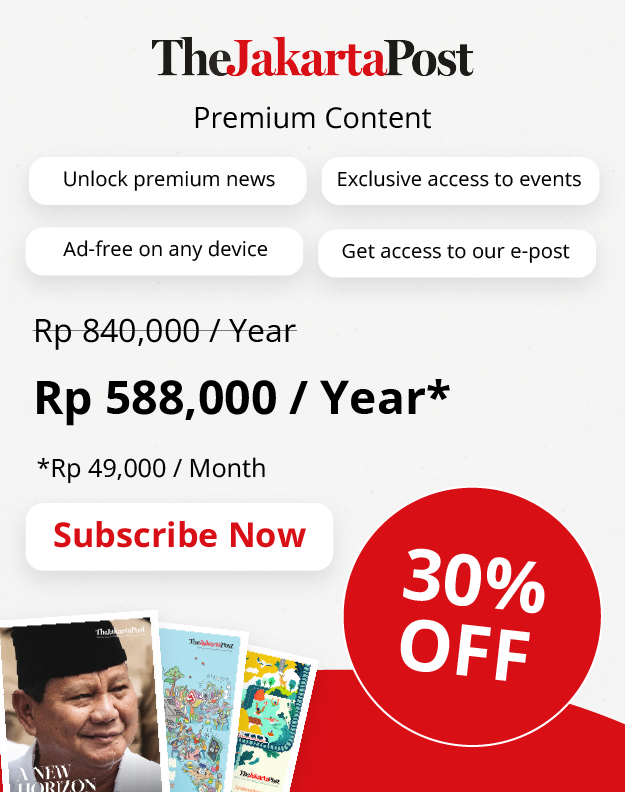Papua – Papua
Papua province emerges as the easternmost province of Indonesia, with its geographical boundaries stretching to the very edge of the archipelago. To the east, the province is surrounded by Papua New Guinea; to the north, the Pacific Ocean; to the west, Cendrawasih Bay; and to the south, the provinces of Central Papua and Highland Papua.
Covering a land area of 319,036 square kilometers, the province is the largest in all of Indonesia. It is home to a population of a little over 1 million people. The province’s administrative hub is located in the city of Jayapura, which also serves as the capital and the sole city in the province. It is divided into eight districts.
Papua showcases a diverse tapestry of tribes, religions, and languages, with 255 ethnic groups, each speaking different local languages. Some of these ethnic groups include the Ansus, Amungme, Asmat, Bauzi, Biak, Dani, Empur, and Hatam people. Beyond these mentioned groups, Papua likely is home to many others, all contributing to the cultural richness of the region.
The religious landscape in Papua is predominantly Christian, with nearly 64.23 percent of the population adhering to this faith. Islam follows behind with 29.85 percent of the population, and Catholicism represents 5.62 percent of the population. Other religions in this province make up less than 1 percent of the population.
Show more
Economic Description
Papua has showcased a growing economy. In 2022, the province recorded a Gross Regional Domestic Product (GRDP) of Rp 172.9 trillion, with the economic landscape primarily driven by three sectors: mining and excavation, construction, and agriculture, forestry, and fisheries.
The mining and excavation sector contributed approximately Rp 74 trillion to the province’s GRDP. As the largest gold-producing area in Indonesia, gold is Papua’s leading commodity in the sector. Additionally, the province boasts the largest oil reserves In Indonesia, producing around 223 million barrels of oil in 2022. With rich, untapped mineral resources in Papua that could benefit local communities through development, opportunities emerge for investors to develop responsible mining projects.
Construction is the second-largest contributor to the province’s GRDP, with around Rp 20.1 trillion generated in 2022. Holding a Construction Expense Index reaching 192.57 in 2022, Papua ranks as the most expensive province for construction in Indonesia. This high index indicates significant market potential for construction in Papua. The province’s infrastructure development efforts aim to create a win-win situation by empowering both the public and private businesses in the region.
Furthermore, the agriculture, forestry, and fisheries sector is the third-largest contributor to Papua's economy, generating Rp 17.1 trillion in 2022. Within this sector, fisheries stand out as a significant economic driver. Notably, Cendrawasih Bay is the largest tuna fishing area in the region, with an annual export potential of 600,000 to 1.1 million tonnes.
Beyond these top three sectors, there are priority investment opportunities in Papua, particularly in the city of Jayapura. These investments focus on the agro-industry and the industrial sectors. In the agro-industry, there is an opportunity to invest in Wamena’s Arabica coffee beans and Cendrawasih coffee powder. Additionally, in the industrial sector, there is potential for investment in an integrated sago starch industry.
Show more

